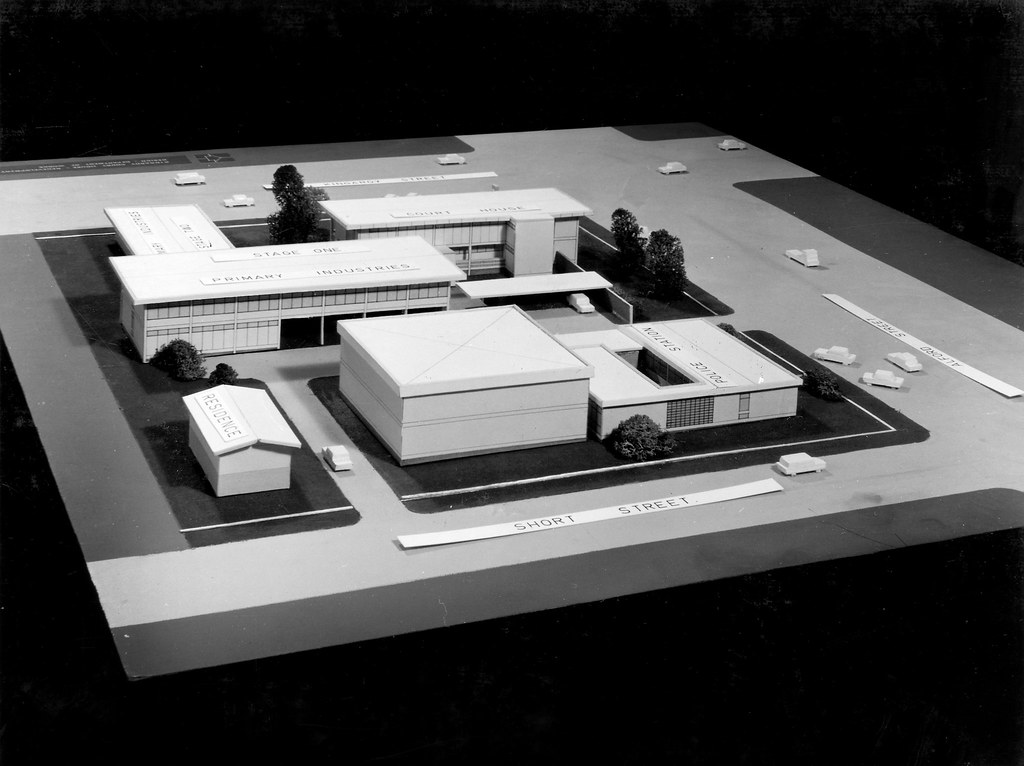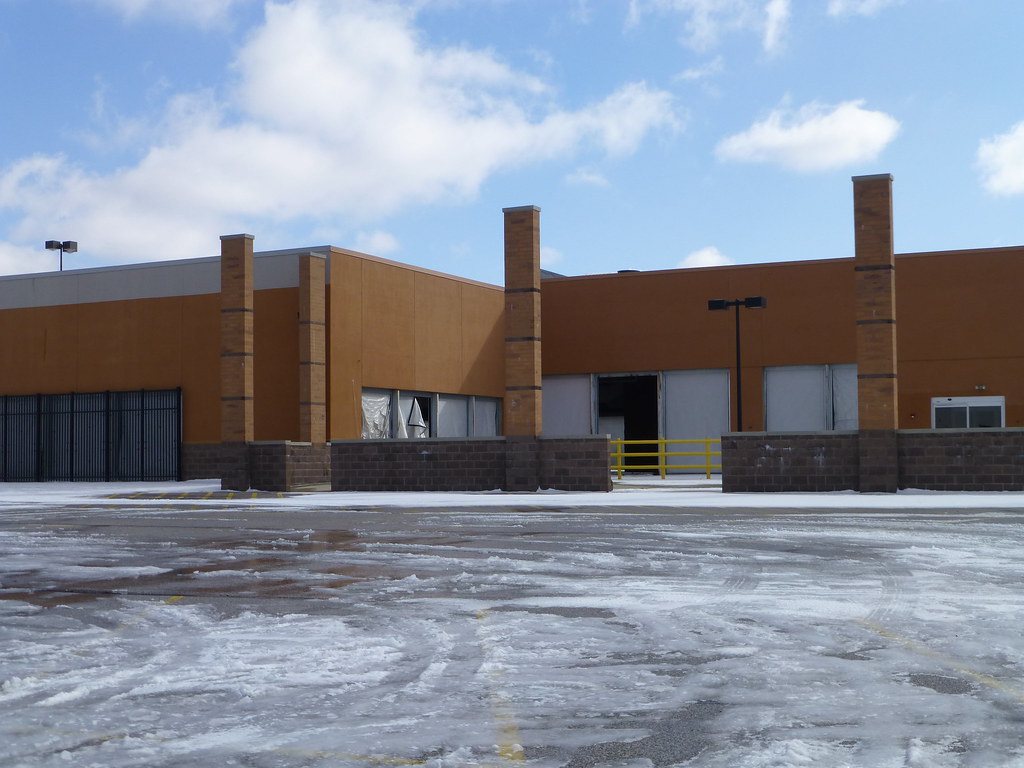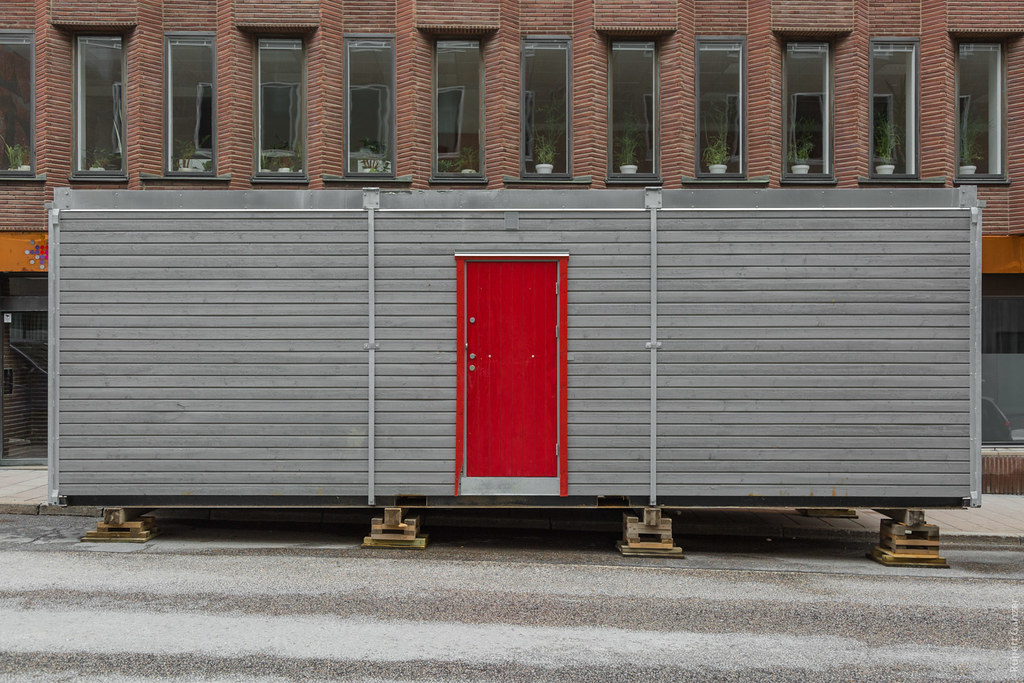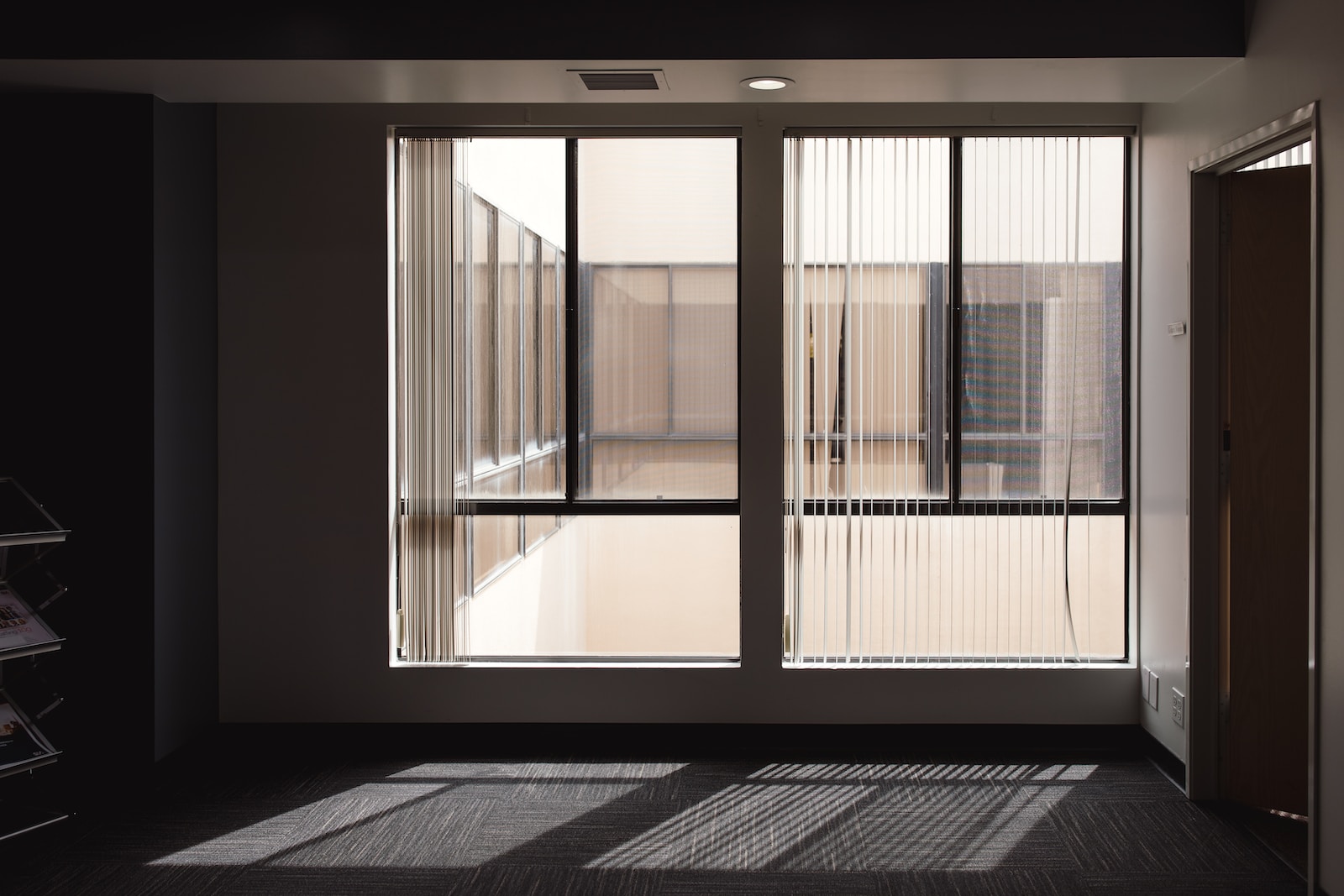Container homes are all the rage these days, and for good reason. These innovative and eco-friendly dwellings offer a fresh perspective on sustainable living and creativity in architecture. But what’s even more exciting is how the world of container home construction is constantly evolving. Thanks to cutting-edge technologies and innovative ideas, container homes have come a long way since their inception. As someone who’s been blogging about container homes for four years, I’ve witnessed the rapid transformation of this niche industry. In this article, we’ll delve into some of the remarkable construction technologies that are shaping the future of container home development.
The Rise of 3D Printing
Remember when 3D printing was just a novelty reserved for creating small trinkets and prototypes? Well, those days are long gone. 3D printing has infiltrated the world of architecture and construction, and container homes are no exception. Today, we have the technology to 3D print the structural components of container homes, making the construction process faster and more precise.
Imagine a giant 3D printer working its magic, layer by layer, to create custom-designed components for your container home. This technology not only reduces waste but also allows for intricate and artistic designs that were previously challenging to achieve. It’s like watching a concrete ballet, where the printer creates structural elements with the precision of a surgeon.
Solar Panel Integration

Container homes have always been celebrated for their sustainable nature, but with the integration of solar panels, they’re taking sustainability to the next level. Solar panels can be seamlessly incorporated into the container home design, making these dwellings nearly self-sufficient in terms of energy.
These days, container homes come equipped with solar panels that not only power the home but also provide surplus energy that can be fed back into the grid. With advancements in solar technology, the panels are now more efficient and cost-effective than ever before. So, not only can you reduce your carbon footprint, but you can also save some serious green.
Smart Home Automation
Welcome to the era of container homes that are smarter than ever. With the rise of home automation technologies, your container home can be transformed into a futuristic abode. Imagine controlling the lights, temperature, security, and even your coffee maker with just a few taps on your smartphone.
Smart home systems have become more accessible, user-friendly, and adaptable. You can program your container home to adjust its temperature based on your daily routine or even control it remotely while you’re away. It’s like having your own personal butler, minus the formal attire.
Green Roof Technology
Not content with just being energy-efficient, container homes are also getting in on the green roof trend. Green roofs are essentially gardens planted on the roof of a building. They provide natural insulation, filter rainwater, and contribute to a healthier environment.
By installing a green roof on your container home, you not only create an aesthetically pleasing living space but also reduce your carbon footprint. These roofs can be customized with various plants, turning your container home into a mini-ecosystem right on your rooftop.
Blockchain for Construction Management
Even in the realm of container home construction, technology has a role to play in project management. Blockchain technology is gaining traction as a means of enhancing transparency, efficiency, and security in construction processes.
Using blockchain, all stakeholders in a container home project can have real-time access to crucial information like project timelines, budget allocations, and material sourcing. This reduces the likelihood of disputes and ensures that container home projects run smoothly from start to finish.
Augmented Reality in Design

If you’ve ever struggled to visualize your dream container home, augmented reality (AR) can come to the rescue. AR allows you to superimpose 3D digital models of your container home design onto the real-world site, providing an immersive and accurate view of the final product.
By simply donning a pair of AR glasses or using a smartphone app, you can walk through your container home before it even exists. This technology streamlines the design and decision-making process, ensuring that your container home turns out just the way you envisioned.
Self-Healing Materials
Imagine if your container home could heal itself, much like Wolverine from the X-Men. While we’re not quite at that level of superhero magic, self-healing materials are making their way into construction. These materials have the remarkable ability to repair small cracks and damage on their own.
For container homes, this means increased durability and less maintenance over time. Self-healing concrete, for example, uses embedded bacteria that activate when cracks appear, sealing them and extending the life of your container home.
Conclusion
The world of container home construction is an exciting one, and it’s only getting better with the innovative technologies that continue to shape it. From 3D printing and solar panels to smart home automation and self-healing materials, container homes are becoming more sustainable, efficient, and comfortable than ever before. The future of container home development is a fusion of creativity, technology, and sustainability, and I can’t wait to see what the next four years will bring to this fascinating world. So, get ready to witness the evolution of container homes, because the best is yet to come. Happy container home living!



















Find Us on Socials